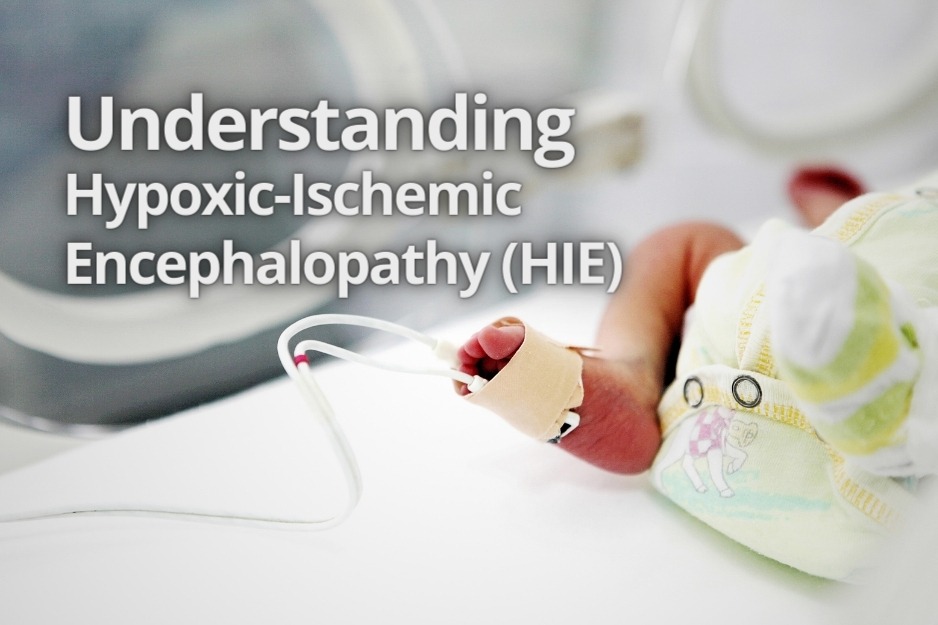
Understanding Birth Injuries, Cerebral Palsy, and Newborn HIE
The birth of a child is a moment filled with hope and joy, but for some parents, it may come with unexpected challenges. Birth injuries such as Cerebral Palsy or Hypoxic-Ischemic Encephalopathy Newborn (HIE) can bring confusion, heartache, and countless questions. If you’re navigating this difficult path, understanding what happened during your child’s birth—and whether...
CONTINUE READING
NEC Disease Linked to Cow’s Milk Formula Enfamil and Similac
Necrotizing Enterocolitis Afflicts Premature Babies Fed Cow’s Milk Formula In most cases, baby formula is a safe choice for newborns. This is true if you follow standard guidelines and feeding practices. The United States Food and Drug Administration (FDA) website has a detailed report on infant formulas. This report lists approved manufacturers and their products....
CONTINUE READING
Understanding Hypoxic-Ischemic Encephalopathy (HIE)
Each year, 30,000 newborn babies face health complications during the birthing process. One of the most severe conditions that can occur during childbirth is Hypoxic-Ischemic Encephalopathy (HIE). This is a condition that affects a baby’s brain due to lack of oxygen. This condition requires immediate medical attention and treatment in a neonatal intensive care unit...
CONTINUE READING
Understanding Birth Injuries. What New Parents Need to Know
The birth of a child is a life-changing event. As a new parent, you want nothing but the best care for your baby during labor and delivery. However, sometimes things can go wrong, and the baby can sustain injuries during birth. According to recent studies, birth injuries occur in about 7 out of every 1,000 births...
CONTINUE READING
The Five Most Common Birth Injuries
Serious birth injuries, like the ones outlined below, are much more common in the United States than in other developed countries. In fact, many pediatricians now recommend that mothers under 35 with no pregnancy complications and no history of pregnancy complications, give birth at home. Newborns are so fragile that even a slight irregularity during...
CONTINUE READING
Spastic Quadriplegia: What Is It and Why Does It Happen?
Cerebral Palsy (CP) is a neurological condition caused by an injury to or abnormal development of the parts of the brain that control movement, resulting in lifelong motor and muscular disabilities. The injury is most common in utero but can occur during childbirth or shortly thereafter. Babies suffering from cerebral palsy show physical developmental setbacks...
CONTINUE READING
Delayed C-Sections Can Lead to Birth Injuries
Cesarean deliveries (C-sections) are a common procedure for women in labor. According to the Center for Disease Control and Prevention (CDC), about 33% of all deliveries in the United States are performed via C-section. There are many good reasons why a doctor might feel a C-section is the best method for delivery. Generally speaking, the...
CONTINUE READING
Assistive Technology Improves Quality of Life for Children with CP
The team at The Yost Legal Group has created an infographic to demonstrate how assistive technology can help in the development – specifically the communication abilities – of children with Cerebral Palsy (CP), and how this technology can set them up for the utmost success. Cerebral Palsy is a birth defect that occurs when the...
CONTINUE READING
Seizures in Newborns
What Is the Most Common Cause of Neonatal Seizures? Did Malpractice Lead to Your Newborn’s Seizures? Last week, I was researching birth injuries and came across a fascinating paper from the American Academy of Neurology about the causes of seizures in newborns. In studying neonatal seizures, a multicenter cohort of researchers found that 58% of...
CONTINUE READING
Shoulder Dystocia and Lack of Oxygen to the Brain
Shoulder dystocia occurs when the baby’s head emerges during delivery, but one or both shoulders remains trapped behind the mother’s pubic bone, preventing completion of delivery of the baby. This may cause the baby to suffer from oxygen deprivation if the umbilical cord is compressed between the baby’s body and the mother’s pelvis, or if...
CONTINUE READING